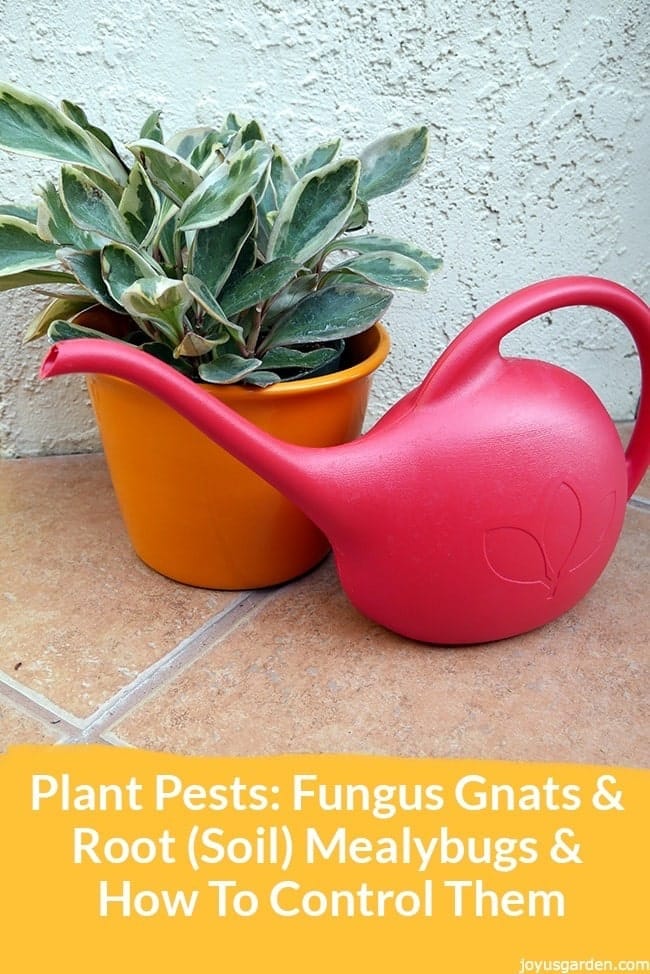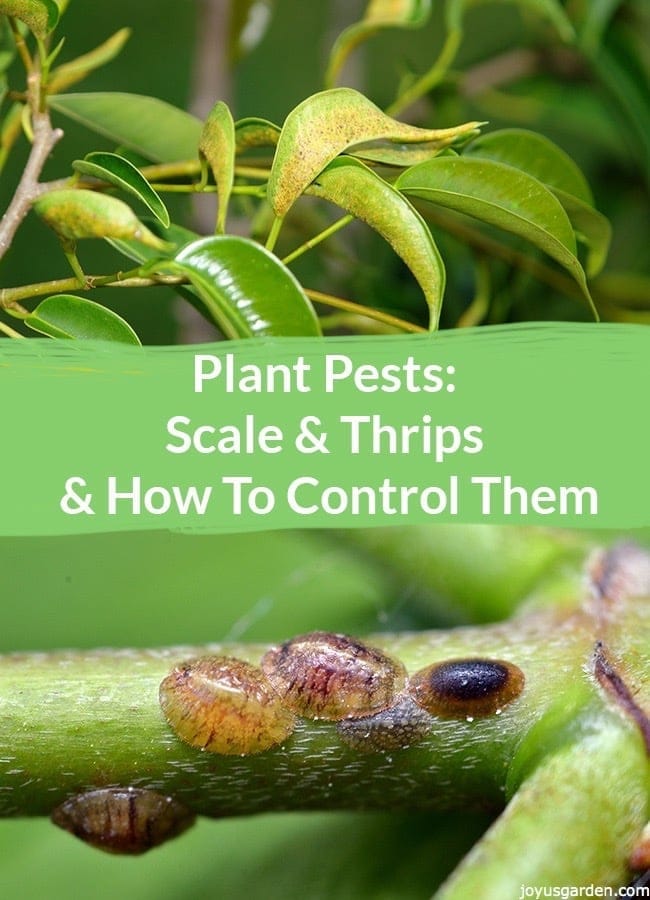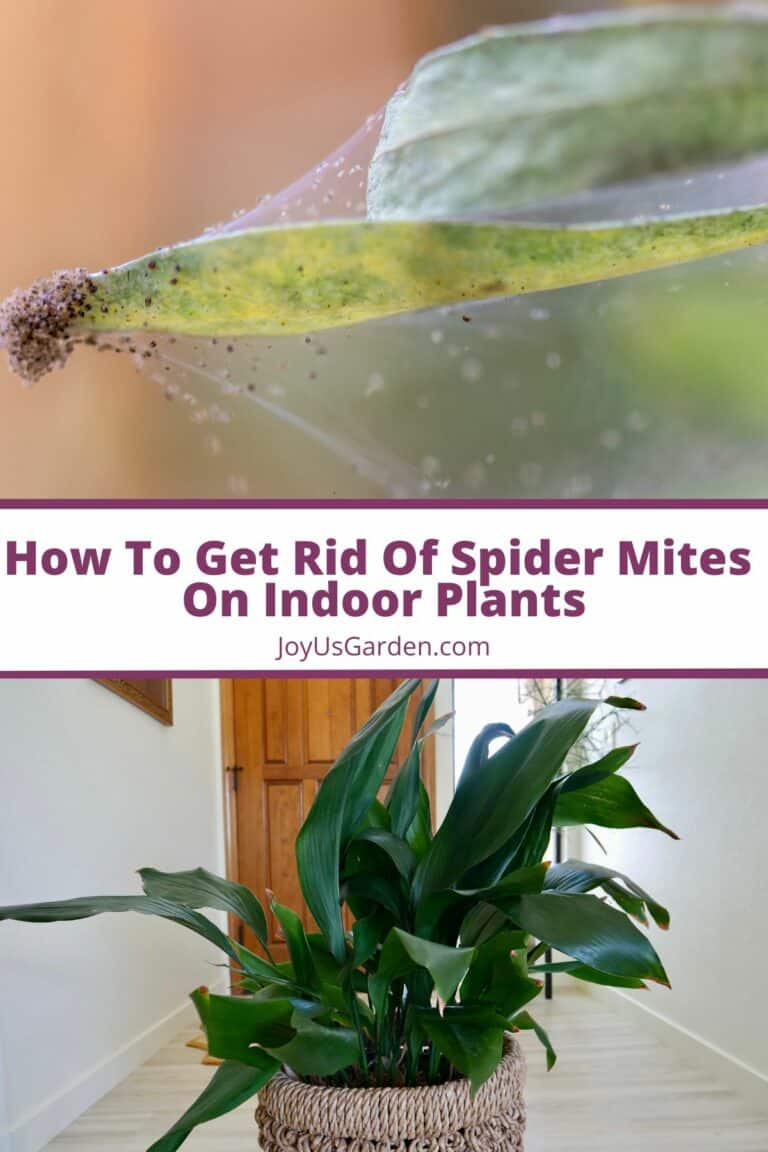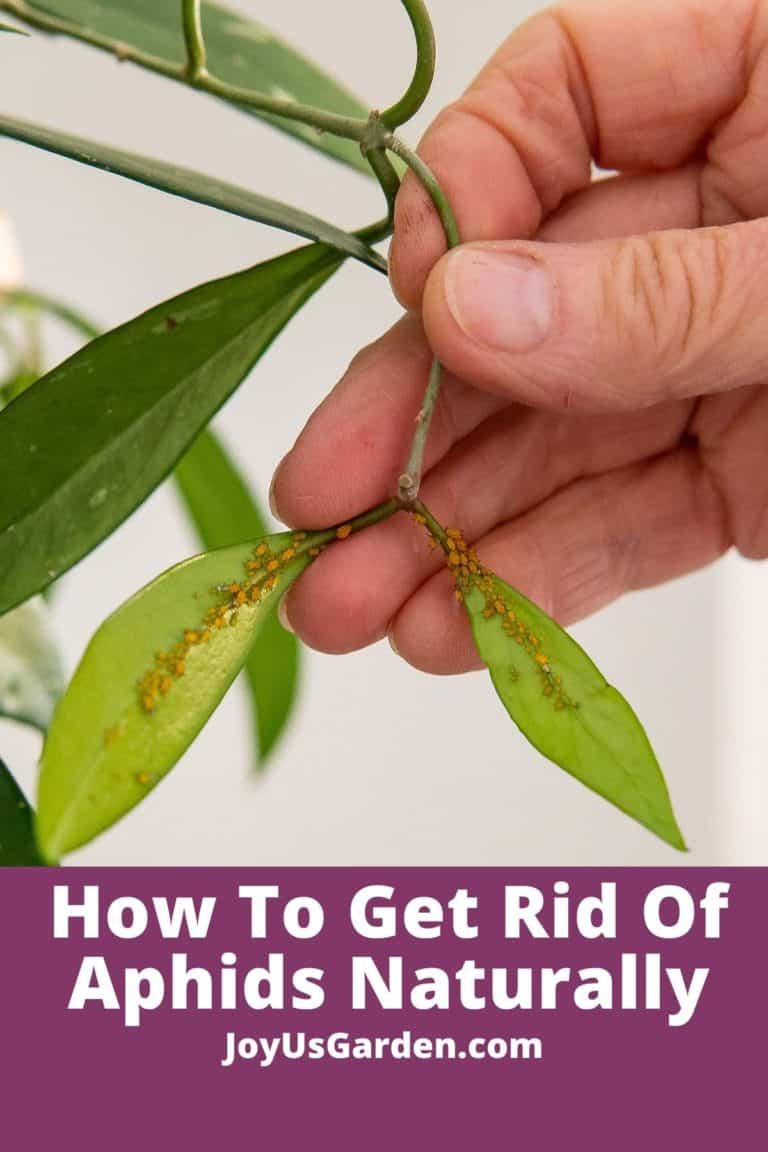Whiteflies On Plants: Indoor And Garden Control
Whiteflies are tiny, moth-like insects that don’t look like they can do much harm. However, a large whitefly infestation can cause significant damage by weakening plants over time, transmitting plant viruses, and causing unsightly leaf discoloration. On top of that, whiteflies are also adaptable pests that can feed on indoor plants, greenhouse plants, and outdoor plants.
But while whiteflies are certainly troublesome, there is good news. Whitefly populations can be easily prevented, and whitefly nymphs, adults, and eggs can be controlled using all organic means. If you’re ready to solve your whitefly problem, read on and learn how!
This post may contain affiliate links, you can read our policies here.
What Are Whiteflies
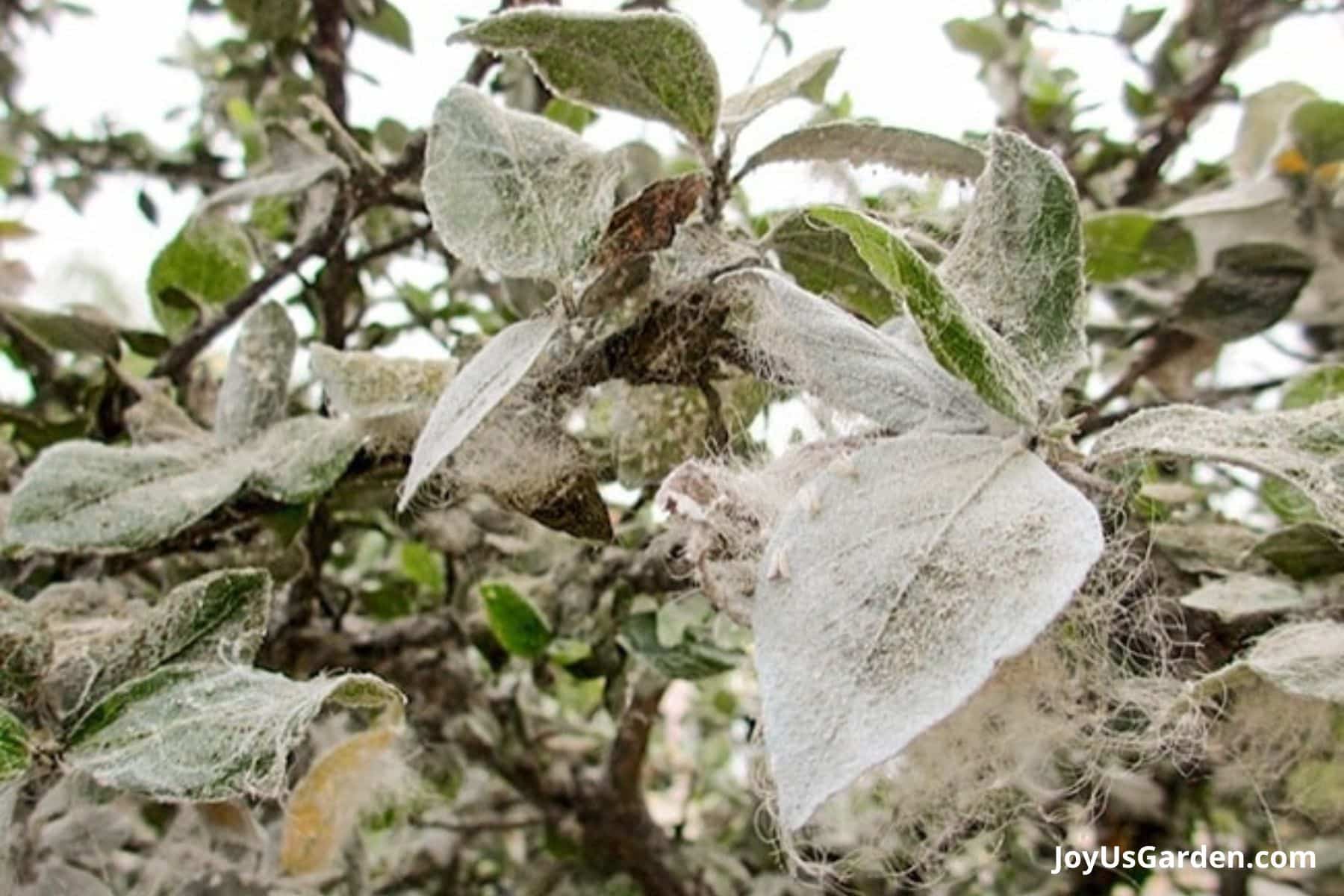
A close relative of aphids and scale insects, whiteflies are a variety of sap-sucking insect that feeds on plant sap using piercing-sucking mouthparts. Whiteflies can stunt plant growth as infestations progress and cause other problems for vegetable and ornamental plants.
While whiteflies may look alike at first, there are actually many different species of whiteflies. Most whiteflies, like the cabbage whitefly and the citrus whitefly, are specialist feeders that only feed on certain houseplants or garden plants; however, some whitefly species are generalists that target a wide range of plants.
Some of the most common whitefly species you may encounter include the greenhouse whitefly (Trialeurodes vaporariorum), the silverleaf whitefly (Bemisia tabaci), and the bandedwinged whitefly.
Adult whiteflies are small, generally measuring just 1/12” long, and can be identified by their triangular bodies and tiny white wings. Whitefly adults don’t live very long, but they rapidly reproduce, and adult females will lay whitefly eggs on the underside of leaves. After hatching, whitefly nymphs don’t move around much but feed on plant juices like an adult whitefly.
Aphids and mealybugs are also common plant pests; use these guides to Control Aphids and Control Mealybugs.
What Causes Whiteflies
Whiteflies are more likely to occur on stressed plants, so the best thing you can do to prevent whiteflies is to keep your plants happy. Following proper plant care requirements and providing your plants with the proper balance of light, water, and fertilizer can help plants naturally fight off whiteflies and other pests.
Aside from plant health, whiteflies are more likely to crop up in gardens during dry and warm weather, and they can be particularly problematic in gardens where pesticides have been applied.
Pesticides often have no effect on whiteflies, but these products kill off beneficial insects, like ladybugs, dragonflies, and parasitic wasps, which would otherwise keep whiteflies in check.
Indoors and in greenhouses, whiteflies usually occur when new plants are added to the collection. Bringing an infested plant into your home can quickly cause whitefly problems, so it’s always a good idea to check new plants over carefully.
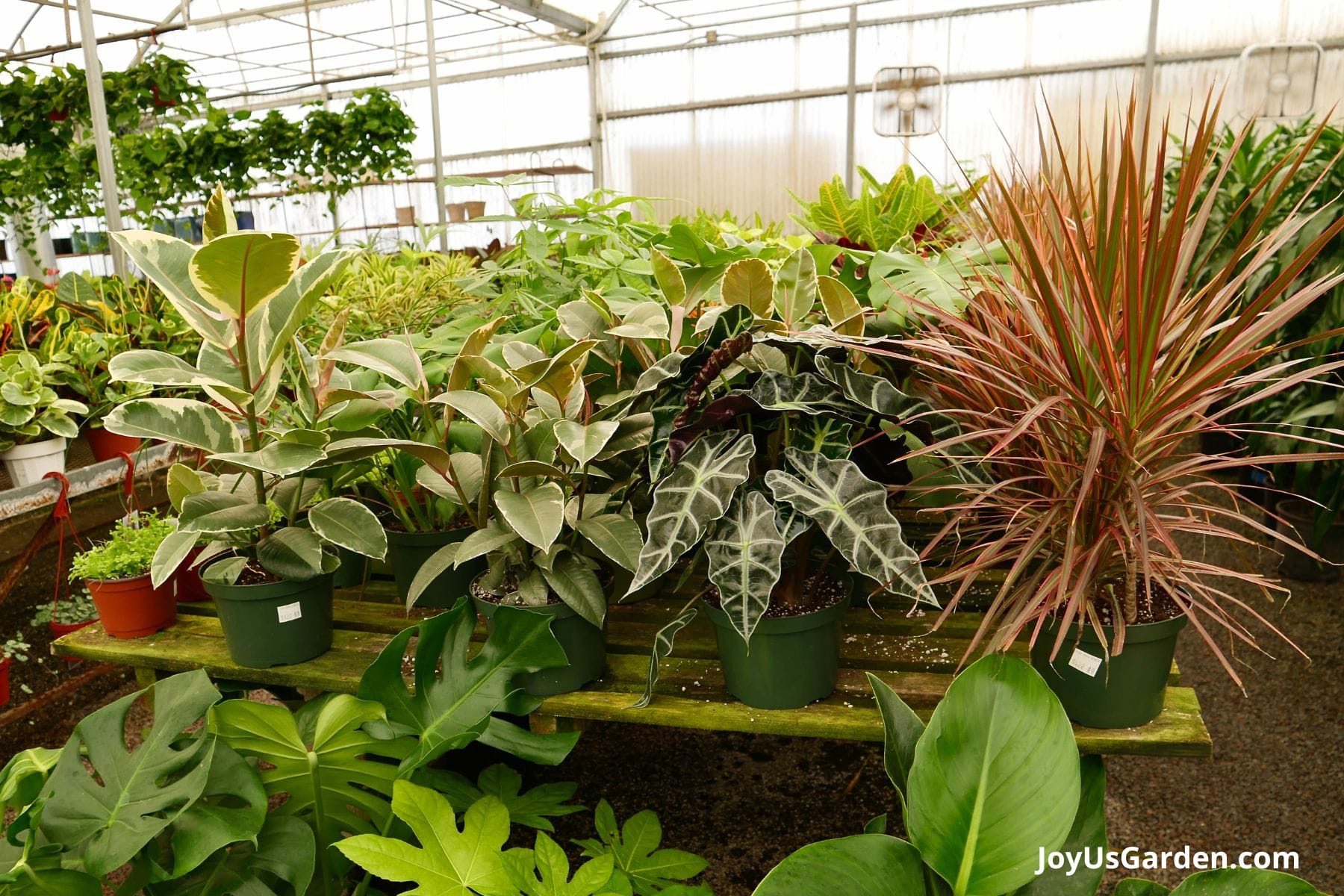
Identifying Whiteflies On Plants
If you see tiny white flying bugs on your plants, there’s a good chance you’re dealing with a whitefly problem. However, whiteflies can be hard to spot, so you may need to check plants carefully to identify a whitefly problem.
Whiteflies tend to target new plant growth, so closely inspect new plant leaves and look at the undersides of the leaves, too. If you still don’t see whiteflies, gently shake your plants. This often causes adult whiteflies to scatter and fly upwards in a visible cloud.
Sometimes, it’s easier to see whitefly damage than the tiny white bugs themselves. Infected plants are often stunted, and their leaves may wilt, develop a yellow color, and drop off the plant.
Infested leaves may also be coated in a sticky honeydew, which whiteflies excrete as they feed. This sticky substance can sometimes develop black sooty mold – another telltale sign of whitefly problems!
How To Prevent Whiteflies
The best way to avoid whiteflies and other pests is to keep your plants as happy as possible. Healthy plants are much better at naturally resisting pests and diseases, so be sure to provide your plants with the right light, water, and fertilizer for their specific needs.
If you keep houseplants, you can generally avoid whitefly issues by inspecting all new plants carefully before bringing them into your home. For extra safety, you can also quarantine new arrivals away from your houseplant collection or spray new plants with a soap spray.
If you want to use soap sprays for prevention, mix a few drops of Castile soap into a quart of water and be sure to coat the tops and undersides of leaves.
Outdoors, you can deter whiteflies by using reflective mulch around the base of vulnerable plants, like tomatoes and sweet potatoes. These mulches typically contain aluminum or silver, making it harder for whiteflies to spot plants.
Another option is to use yellow sticky traps, which will allow you to monitor whiteflies and other pests in your garden and alert you if an infestation is developing. If you don’t want to purchase premade traps, you can make your own budget-friendly alternative by covering yellow index cards with dish soap and petroleum jelly.
Spider mites are some of the most pervasive houseplant pests; here’s How to Get Rid of Spider Mites.
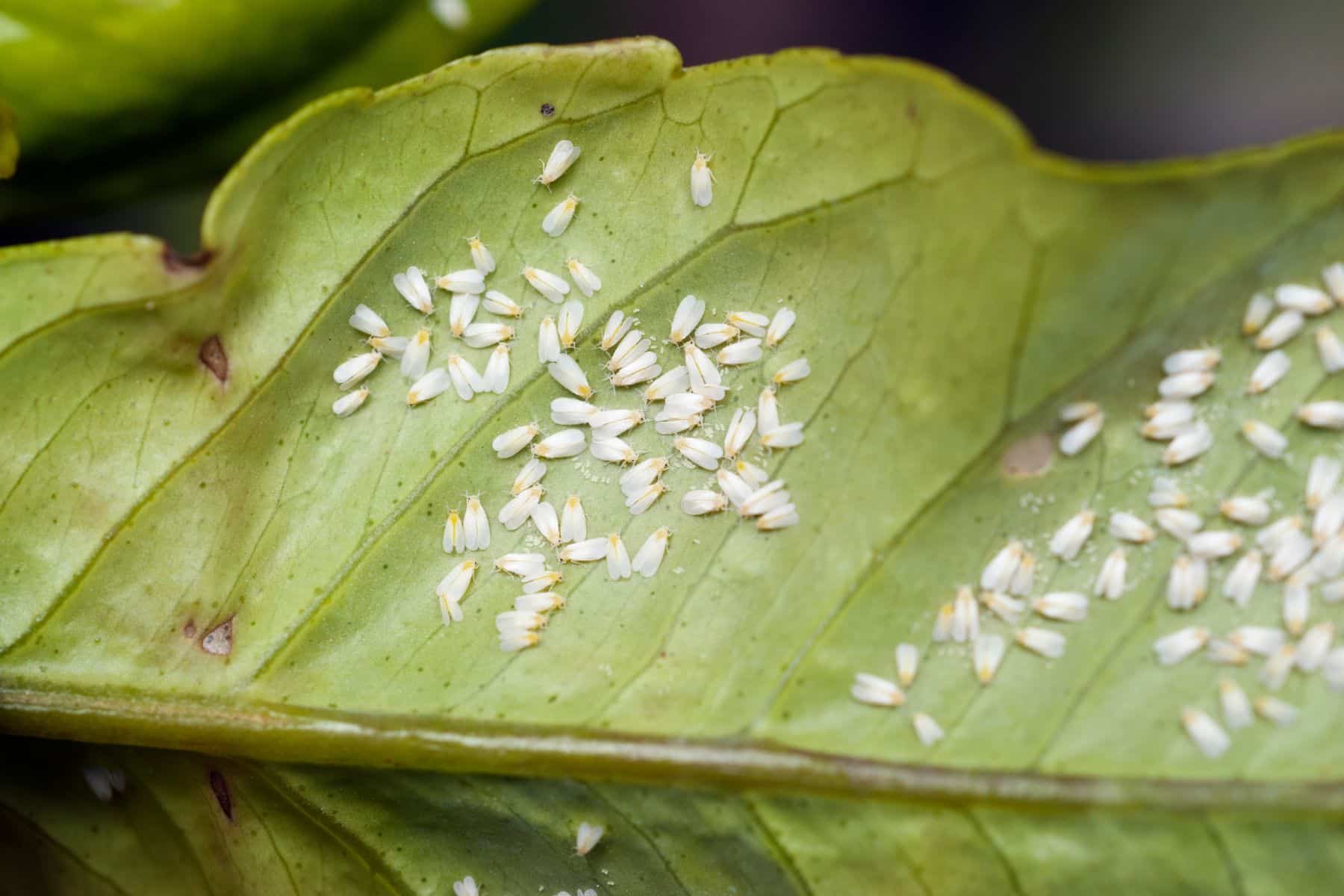
Damage Caused By Whiteflies
Small infestations of whiteflies may not cause much damage, but whiteflies reproduce quickly, and a large infestation can harm indoor and outdoor plants. As infestations progress, infected plants will develop yellow leaves, and plant leaves may wilt and fall off. Diseased plants will also become weak and won’t grow as fast.
Whiteflies release honeydew as they feed, and this sugary substance can also cause infected plants to develop an unsightly black fungus on their leaves. Even worse, whiteflies can transmit plant diseases, which can cause even more problems for affected plants.
How To Control and Get Rid of Whiteflies Indoors
Despite our best efforts, prevention doesn’t always work, and whiteflies can still find their way into houseplant collections. If this occurs, isolate the affected plants as quickly as you can.
After isolating any plants with whitefly troubles, rinse your plants under your kitchen sink if you can. Then, treat the plants with an organic insecticidal soap or neem oil spray by spraying their leaves and stems until they’re good and wet. Don’t forget to treat the undersides of the leaves too!
For best results, apply organic spray treatments every 7 to 10 days until whiteflies are no longer present, and then spray your plants at least once more in case new nymphs hatch. Also, only apply early morning or evening treatments, as sprays can cause leaf scorch when applied in bright light.
If you don’t want to use sprays, you can also suck up whiteflies using the handheld attachment of your vacuum cleaner. Just be sure to open the vacuum bag outside so you don’t release whiteflies back into your home!
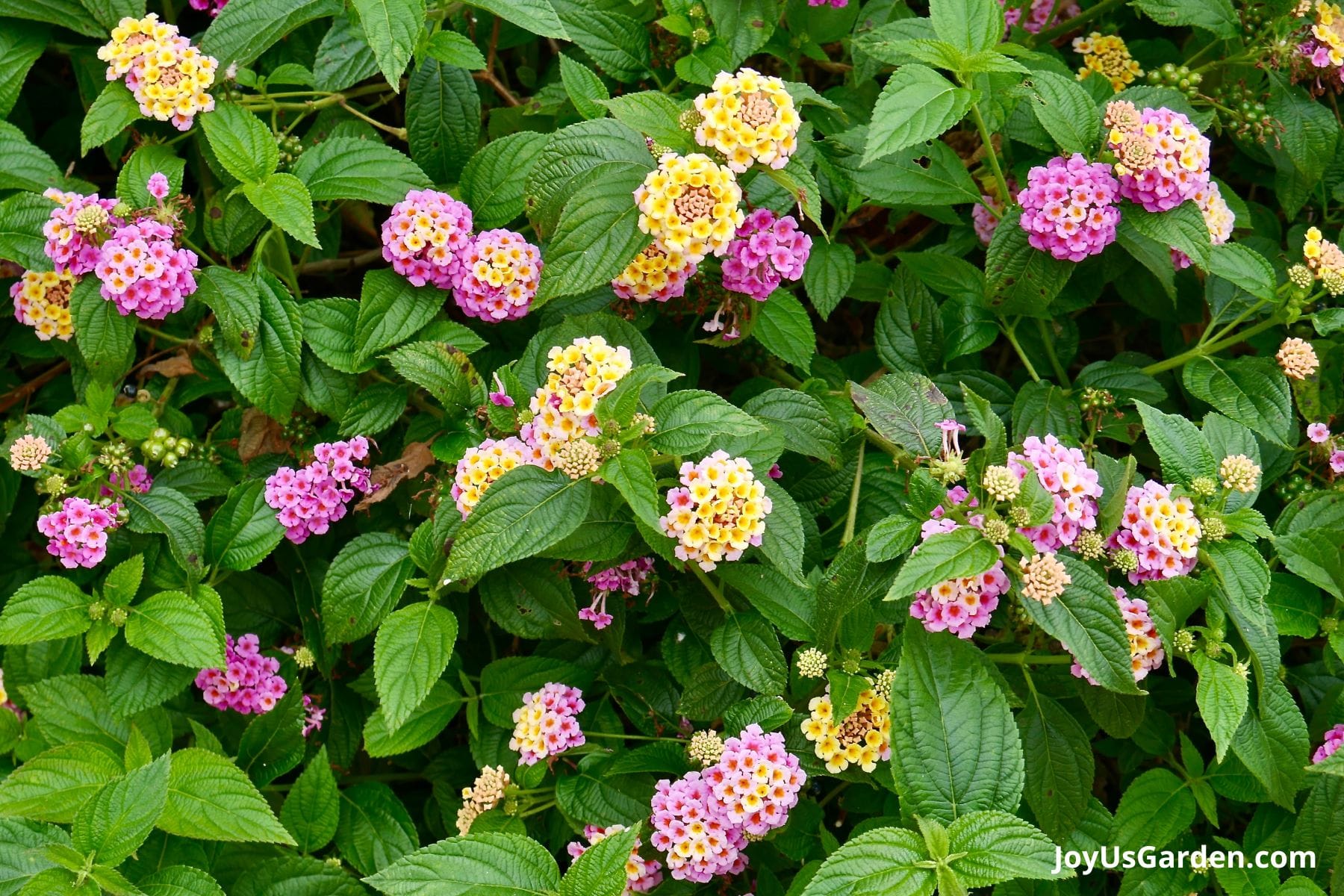
How to Control and Get Rid of Whiteflies Outdoors
Controlling whiteflies in gardens is very similar to indoor treatment methods. First, spray off affected plants with a strong blast from your garden hose to dislodge whitefly nymphs and eggs. Then, apply spray treatments as mentioned above or organic horticultural oils.
If you’d prefer to go the natural route, you can also release natural predators into your garden, such as ladybugs and parasitic wasps like Encarsia formosa. You may also want to try companion planting with plants like basil, nasturtiums, wormwood, peppermint, and thyme, which help to deter whiteflies and other pests.
And don’t forget to keep your garden as organic as possible, as pesticides often harm whiteflies’ natural enemies more than they do whiteflies!
Whiteflies On Plants FAQ’s
Yes. Whiteflies are sap sucking insects that slowly weaken plants over time and cause leaf discoloration and leaf drop. Worse yet, whiteflies can transmit viral plant diseases.
Whitefly control can be as simple as spraying your plants with a blast from your garden hose. However, you’ll get even better results if you combine this method with an organic insecticidal soap or neem oil spray.
Yes, you can use vinegar to get rid of whiteflies. To make a DIY spray, mix two teaspoons each of white vinegar, Castile soap, and baking soda into a gallon of water and spray the mixture on the tops and underside of the leaves. Never use undiluted vinegar on plants, as this can damage plant tissue.
Conclusion: Whiteflies can be a hassle, but luckily, they’re relatively simple to eradicate. With a bit of water and some soap, you can easily tackle small infestations. At the same time, whiteflies can be prevented by quarantining new plants or with biological control measures like beneficial insects.
Once you’ve successfully eradicated whiteflies, experiment with companion planting and other natural pest control measures. With proper care and a few pest prevention techniques, you can keep whiteflies out of your garden and houseplants for good!
